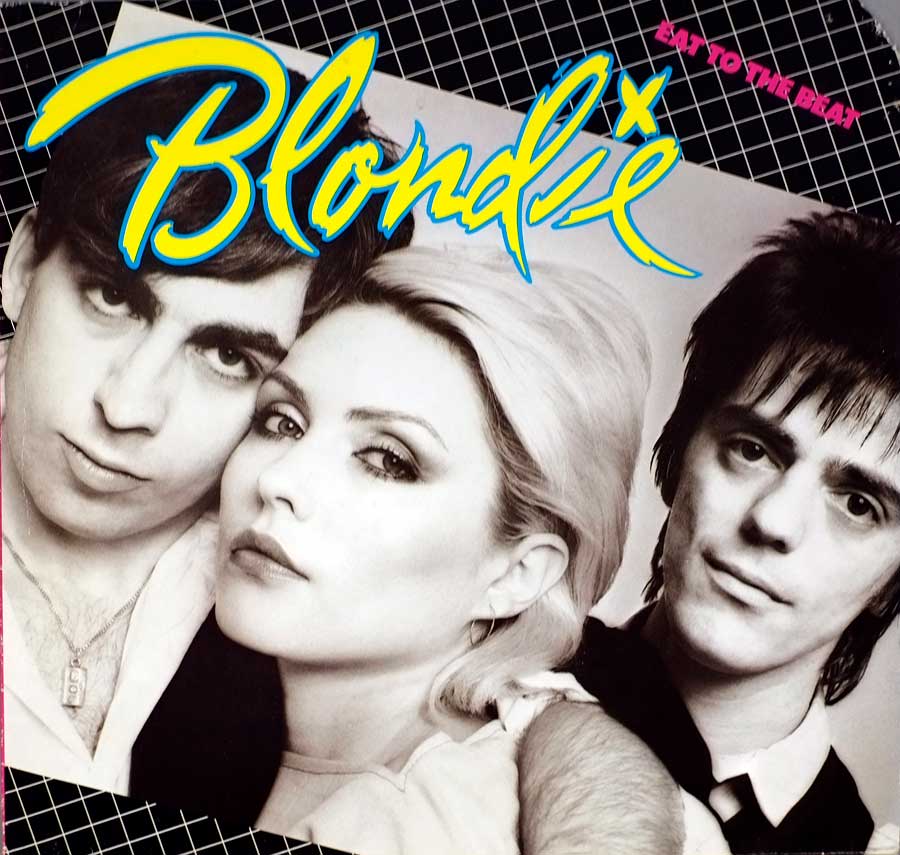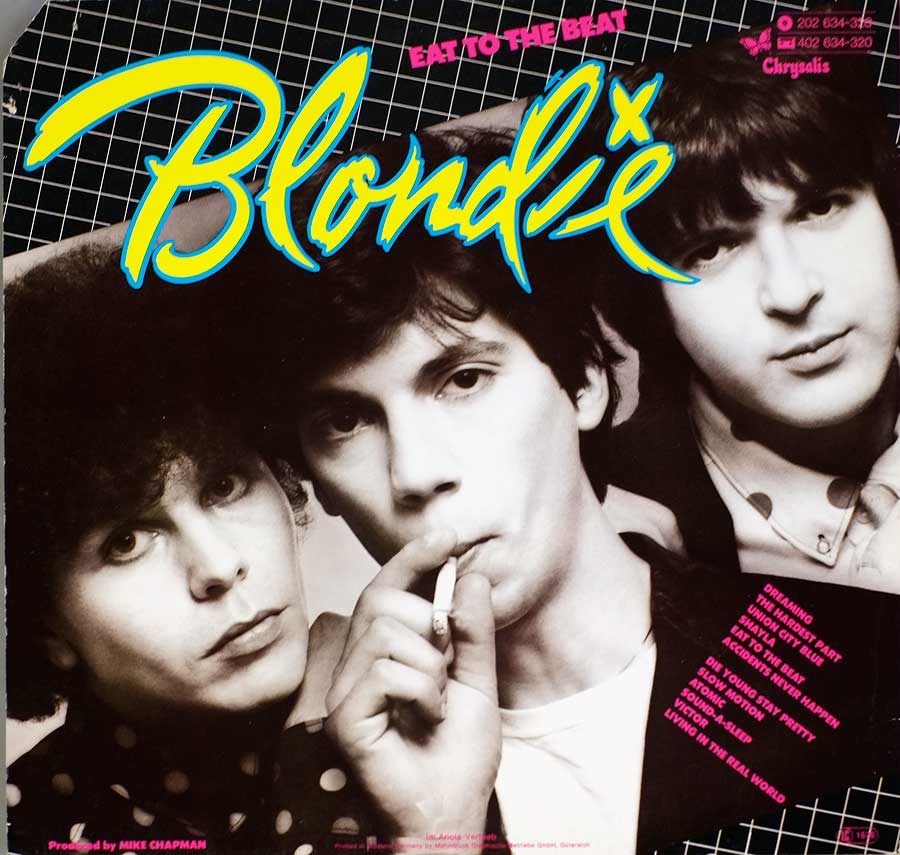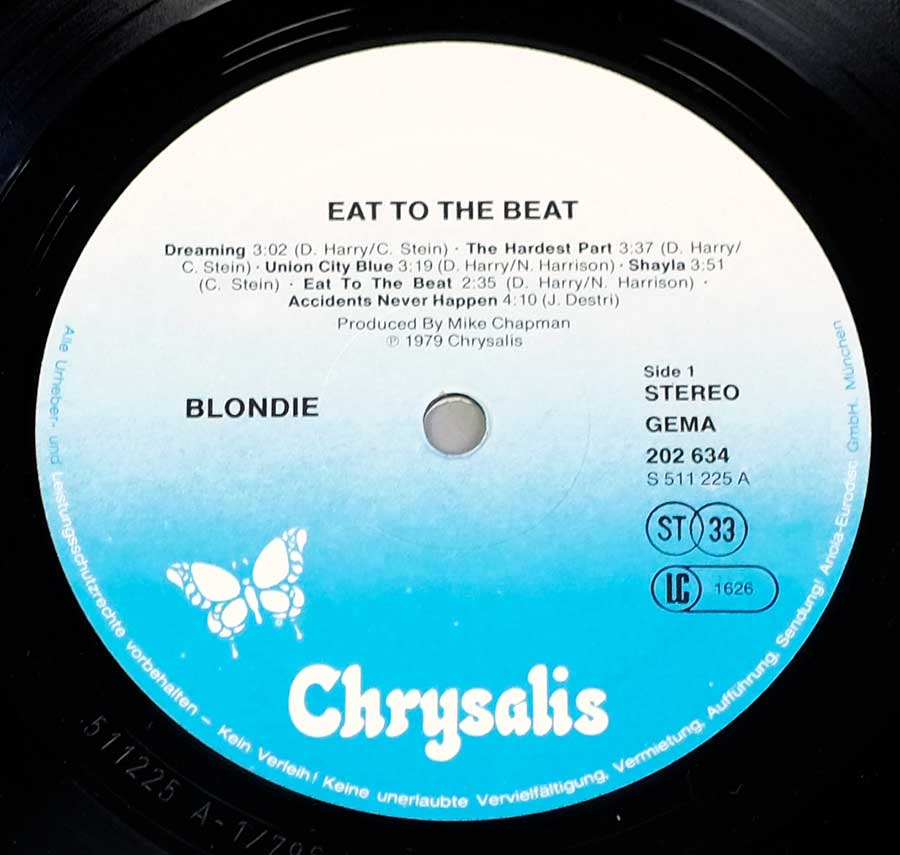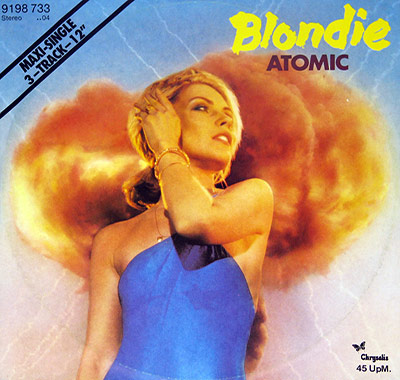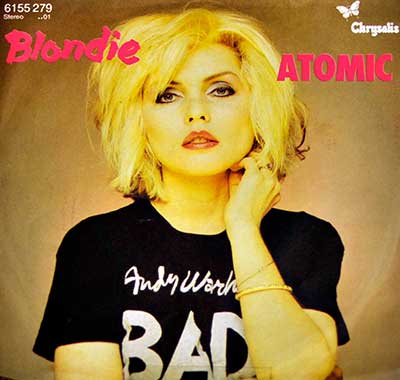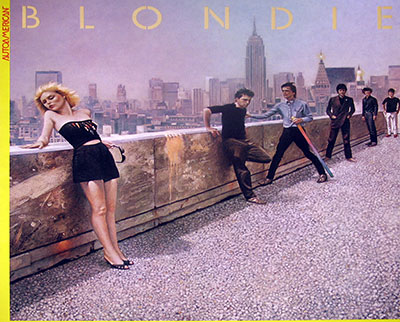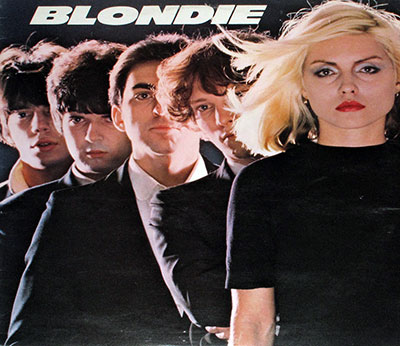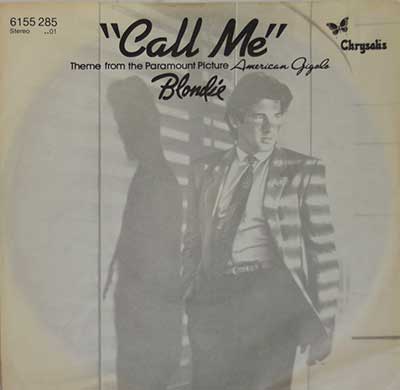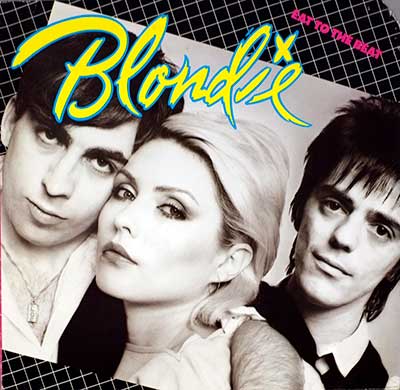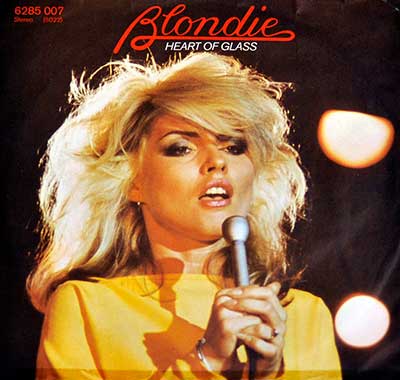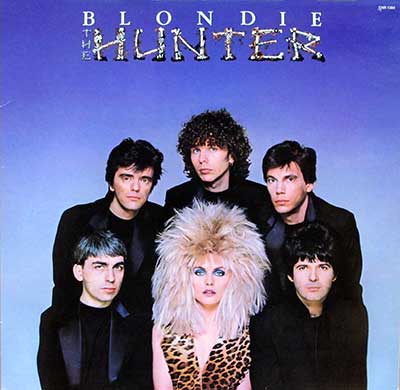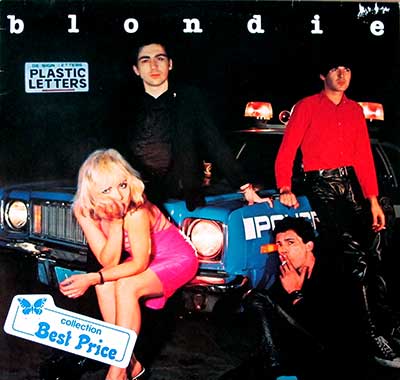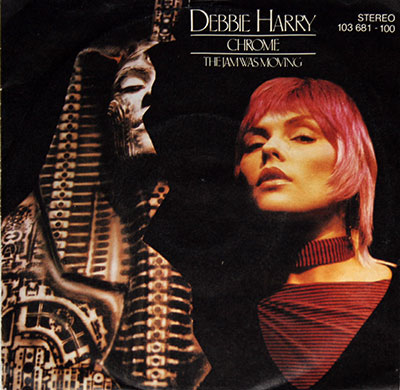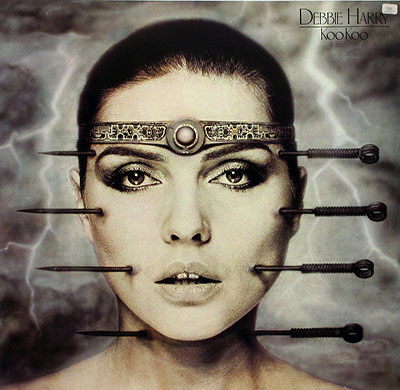Blondie is an American new wave band that was formed in New York City in 1974. The band was one of the pioneers of the new wave and punk rock movements, and is often cited as a major influence on many of the bands that followed in the late 1970s and early 1980s. BlondieÕs unique sound and style, which combined elements of punk, pop, and reggae, set them apart from the other bands of their time and helped to shape the course of popular music in the years that followed.
The original lineup of Blondie was composed of lead singer Debbie Harry, guitarist Chris Stein, drummer Clem Burke, keyboardist Jimmy Destri, and bassist Gary Valentine. The bandÕs first album, ÒBlondie,Ó was released in 1976 and received critical acclaim, although it did not initially sell well. However, the release of their second album, ÒPlastic Letters,Ó in 1977 brought Blondie greater commercial success and helped to establish them as one of the leading bands of the new wave movement.
One of the key factors that contributed to BlondieÕs success was Debbie HarryÕs charismatic and distinctive stage presence. With her bleach blonde hair, punk-inspired style, and powerful vocals, Harry quickly became one of the most recognizable figures of the new wave scene. Her on-stage presence and off-stage persona as a feminist icon also helped to make her one of the most influential women in popular music.
BlondieÕs early music was heavily influenced by punk rock and the new wave movement, and their songs often featured a mix of sharp, angular guitar riffs and upbeat, danceable rhythms. However, as the band evolved, they began to incorporate other styles and genres into their music, such as reggae, pop, and even hip hop. This musical experimentation helped to establish Blondie as one of the most innovative and eclectic bands of their time.
The bandÕs commercial peak came in the late 1970s and early 1980s, when they released a string of hit singles and albums that helped to define the new wave movement. Their most famous and successful song, ÒHeart of Glass,Ó became a worldwide hit in 1978 and remains one of the most recognizable new wave songs to this day. The bandÕs other hit singles, such as ÒCall Me,Ó ÒRapture,Ó and ÒThe Tide is High,Ó helped to solidify their status as one of the most important and influential bands of the new wave era.
Despite the fact that Blondie disbanded in 1982, they have continued to influence popular music and remain one of the most beloved and enduring bands of the new wave movement. Their unique sound, style, and vision continue to inspire new generations of musicians, and their music continues to be celebrated and enjoyed by fans all over the world.
